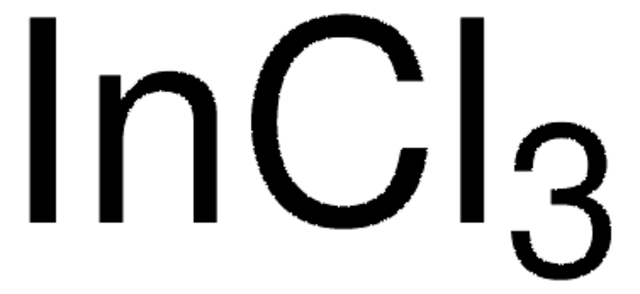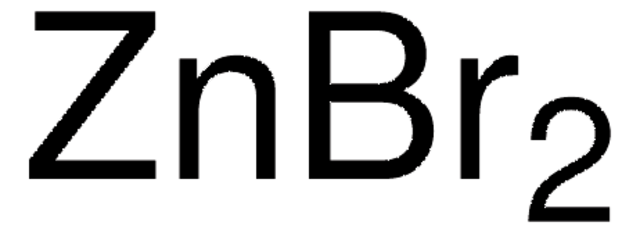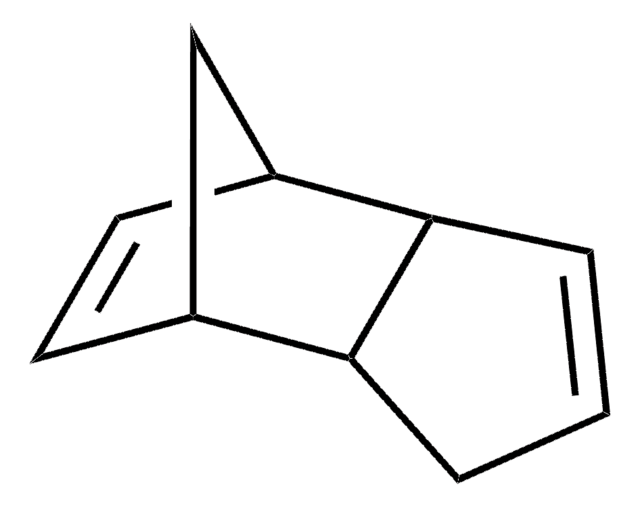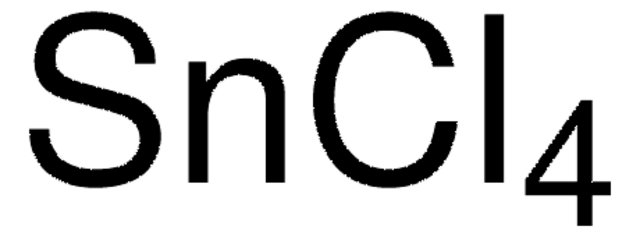517585
Cadmium acetylacetonate
≥99.9% trace metals basis
Synonym(s):
2,4-Pentanedione cadmium derivative, Cd(acac)2
About This Item
Recommended Products
Quality Level
assay
≥99.9% trace metals basis
form
powder
reaction suitability
core: cadmium
reagent type: catalyst
mp
209-214 °C (lit.)
SMILES string
CC(=O)\C=C(\C)O[Cd]O\C(C)=C/C(C)=O
InChI
1S/2C5H8O2.Cd/c2*1-4(6)3-5(2)7;/h2*3,6H,1-2H3;/q;;+2/p-2/b2*4-3-;
InChI key
JXULEGTWCQDLTM-FDGPNNRMSA-L
General description
signalword
Warning
Hazard Classifications
Acute Tox. 4 Dermal - Acute Tox. 4 Inhalation - Acute Tox. 4 Oral - Aquatic Acute 1 - Aquatic Chronic 1 - Carc. 2 - Repr. 2 - STOT RE 2
Storage Class
6.1A - Combustible, acute toxic Cat. 1 and 2 / very toxic hazardous materials
wgk_germany
WGK 3
flash_point_f
Not applicable
flash_point_c
Not applicable
Certificates of Analysis (COA)
Search for Certificates of Analysis (COA) by entering the products Lot/Batch Number. Lot and Batch Numbers can be found on a product’s label following the words ‘Lot’ or ‘Batch’.
Already Own This Product?
Find documentation for the products that you have recently purchased in the Document Library.
Our team of scientists has experience in all areas of research including Life Science, Material Science, Chemical Synthesis, Chromatography, Analytical and many others.
Contact Technical Service
![2-[(Trimethylsilyl)ethynyl]aniline 97%](/deepweb/assets/sigmaaldrich/product/structures/194/066/182b08e4-35d7-4b7b-8958-c917f64391fc/640/182b08e4-35d7-4b7b-8958-c917f64391fc.png)








